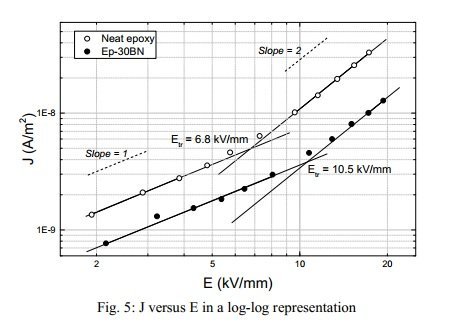Discharging micro cavities and electric field enhancement due to cavities in HVDC XLPE cables
This paper presents simulation and calculation results of electric field enhancement due to various cavity shapes carried out on polymeric high voltage direct current (HVDC) cables. Two aspects are considered: partial discharges (PD) in microcavities and field enhancement factor under DC.



